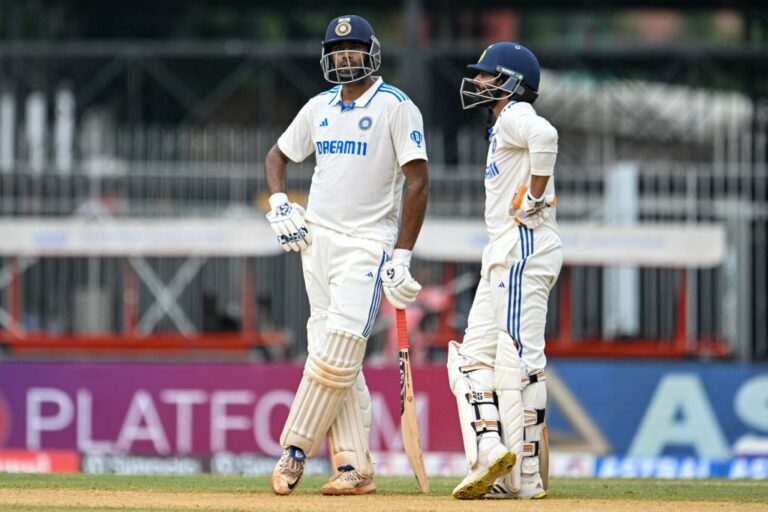Exploring the Role of Injury Prevention in Cricket Coaching: 11xplay sign up, Laser247 com, World777 register
11xplay sign up, laser247 com, world777 register: Cricket is a sport that demands a lot from its players. It involves a combination of running, jumping, throwing, and hitting, all of which can put a significant amount of stress on the body. As a cricket coach, it is crucial to prioritize injury prevention to ensure that your players can perform at their best while staying healthy and free from injuries.
Importance of Injury Prevention in Cricket Coaching
1. Understanding the Risks
Before diving into the specifics of injury prevention, it is essential to understand the common injuries that cricket players face. These injuries can range from muscle strains and sprains to more serious issues like stress fractures and ligament tears. By being aware of these risks, coaches can take proactive measures to prevent them.
2. Proper Warm-up and Cool-down
One of the most effective ways to prevent injuries in cricket is by ensuring that players engage in a thorough warm-up before starting any training or game. A proper warm-up helps increase blood flow to the muscles, making them more flexible and less prone to strains. Similarly, a cool-down session post-activity can help prevent muscle stiffness and aid in recovery.
3. Strength and Conditioning
Incorporating strength and conditioning exercises into your training regime can go a long way in preventing injuries. By building strength in key muscle groups and improving flexibility, players can reduce the risk of strains and sprains during matches or practice sessions.
4. Technique Correction
Another crucial aspect of injury prevention in cricket coaching is correcting players’ techniques. Poor batting or bowling techniques can put unnecessary strain on certain joints or muscles, leading to injuries over time. By focusing on proper technique, coaches can help players minimize the risk of injury while improving their performance.
5. Rest and Recovery
Rest and recovery are often overlooked but are essential components of injury prevention. Adequate rest between training sessions and games allows the body to repair and recover, reducing the likelihood of overuse injuries. Encouraging players to listen to their bodies and take rest when needed is key to long-term injury prevention.
6. Monitoring and Communication
As a coach, it is crucial to monitor your players’ physical condition and communicate openly with them about any signs of discomfort or pain. Encouraging players to speak up about any issues they may be experiencing can help prevent minor injuries from turning into more severe problems.
FAQs
Q: How can I tell if a player is at risk of injury?
A: Look out for signs of fatigue, decreased performance, or changes in technique. Players who complain of persistent pain or discomfort should also be monitored closely.
Q: Can injury prevention strategies be tailored to individual players?
A: Yes, each player has unique strengths and weaknesses that should be taken into account when designing injury prevention programs.
Q: Are there specific exercises that can help prevent cricket injuries?
A: Yes, exercises that focus on improving strength, flexibility, and balance in key muscle groups can help prevent common cricket injuries.
In conclusion, injury prevention should be a top priority for cricket coaches looking to keep their players healthy and performing at their best. By incorporating warm-up and cool-down sessions, strength and conditioning exercises, technique correction, rest, monitoring, and communication into their coaching practices, coaches can help their players stay injury-free and excel on the cricket field.







